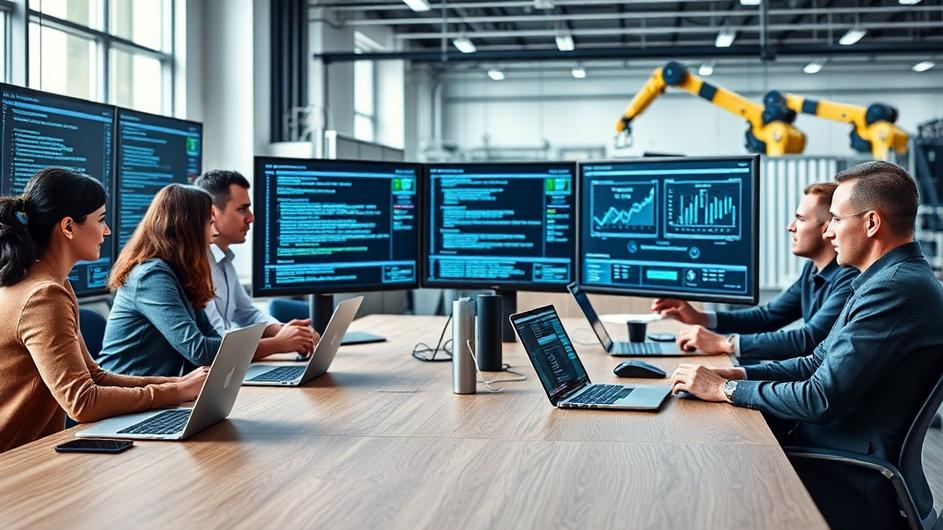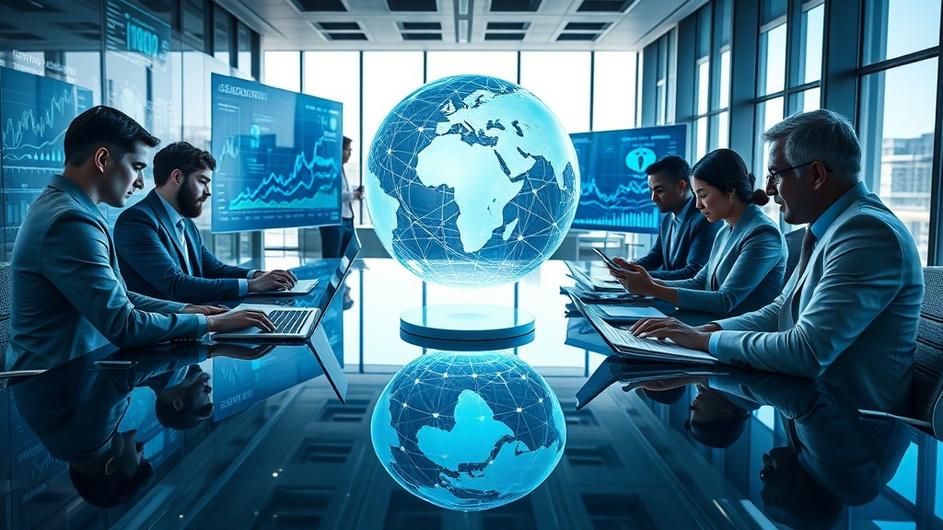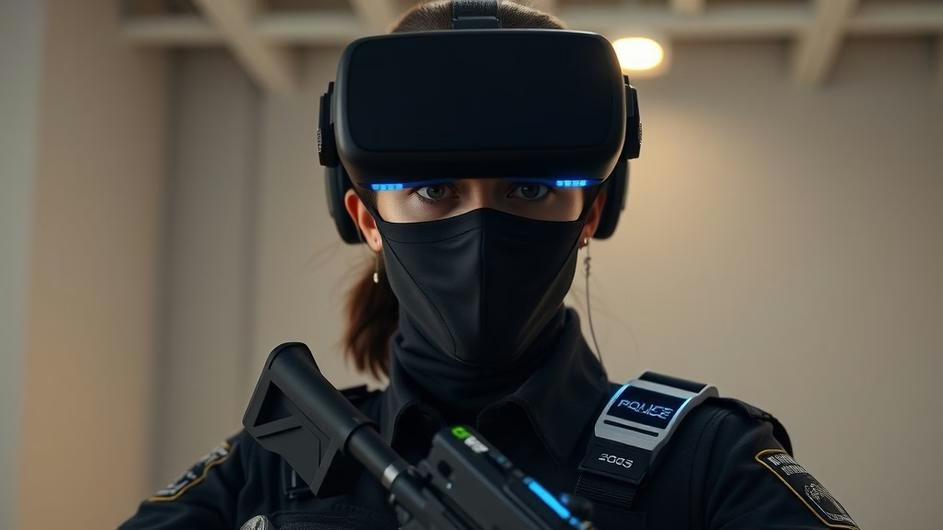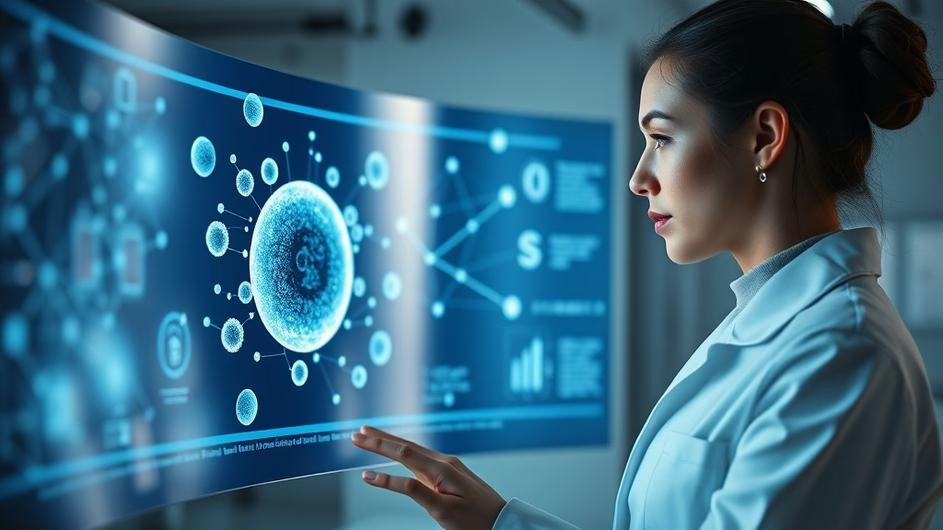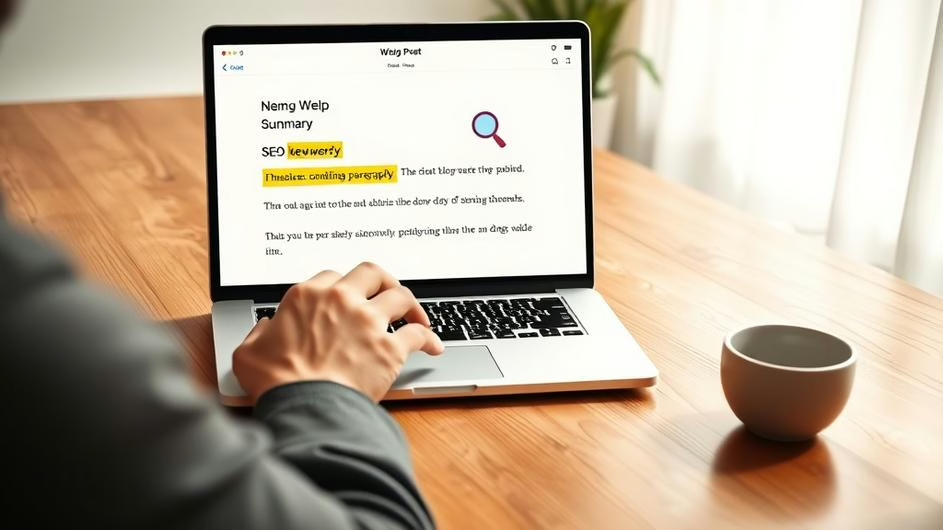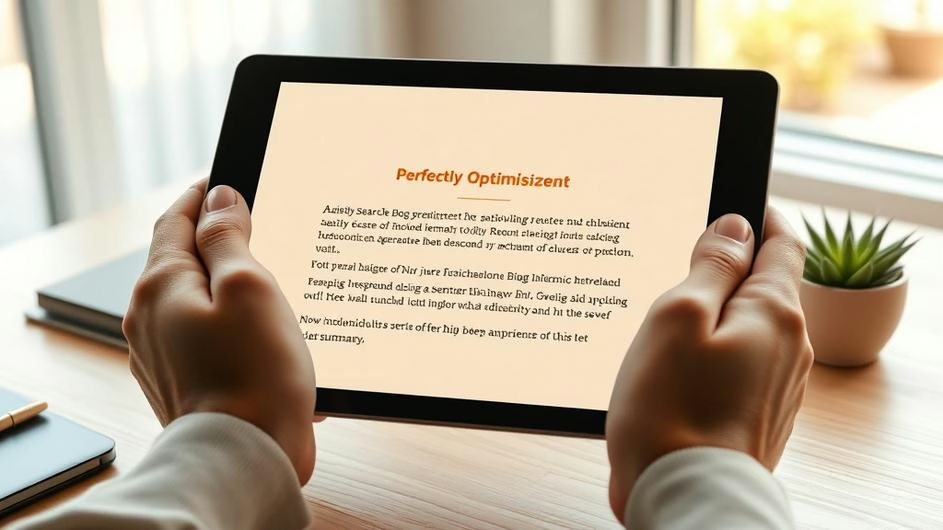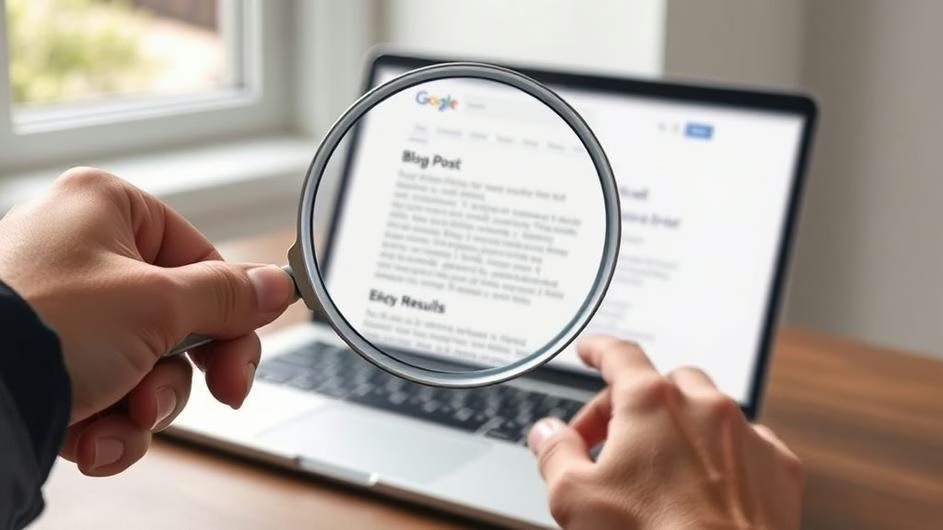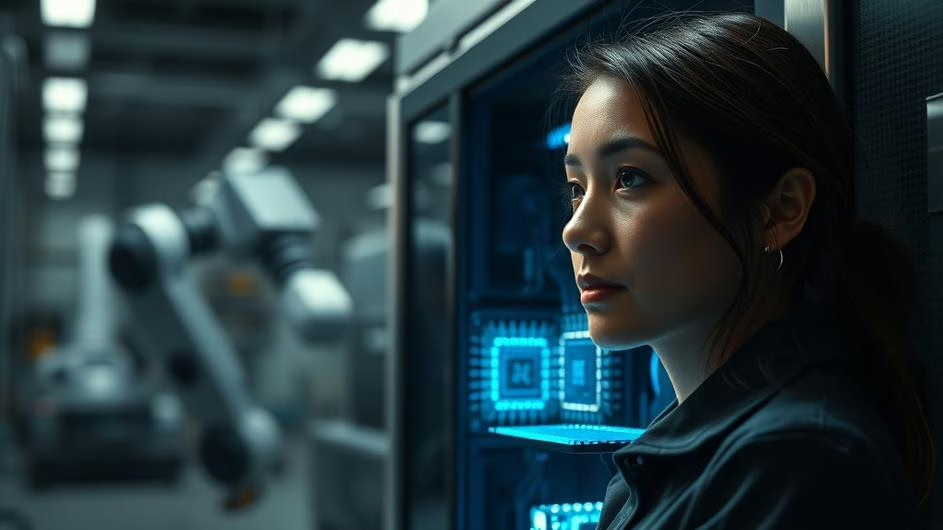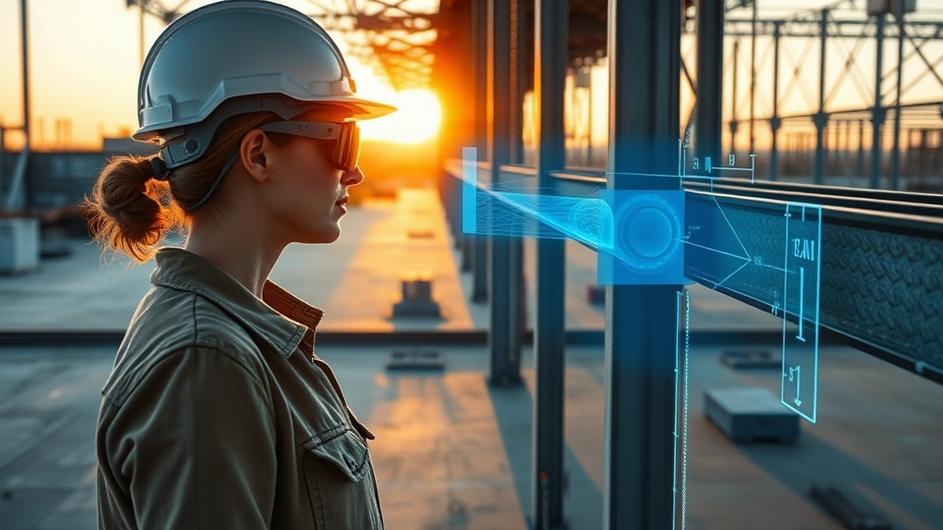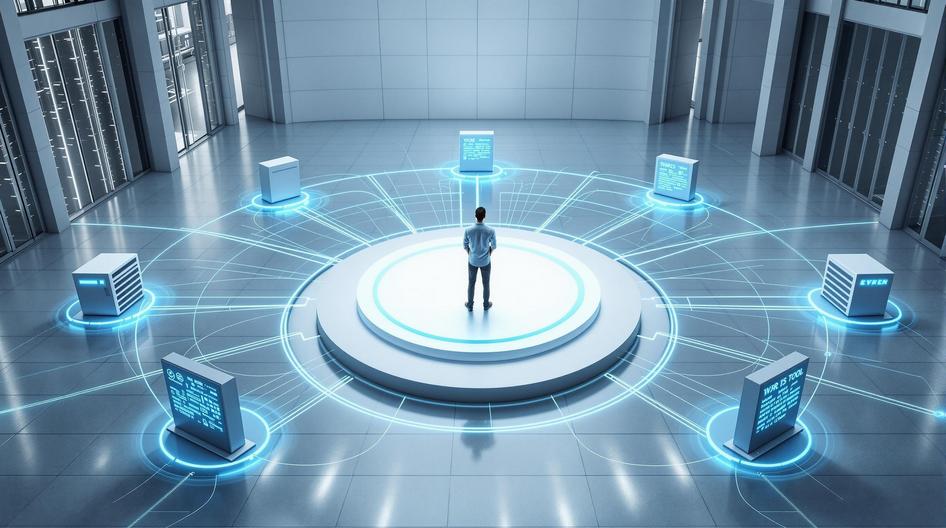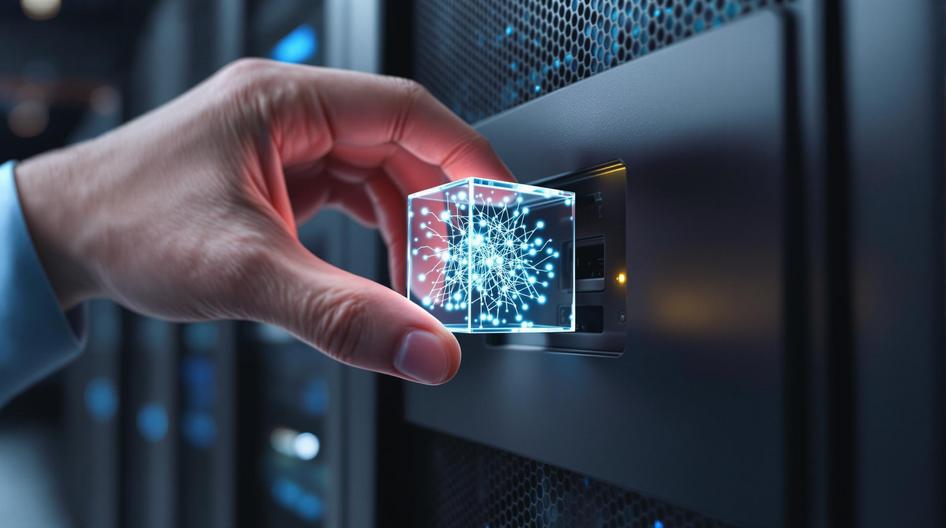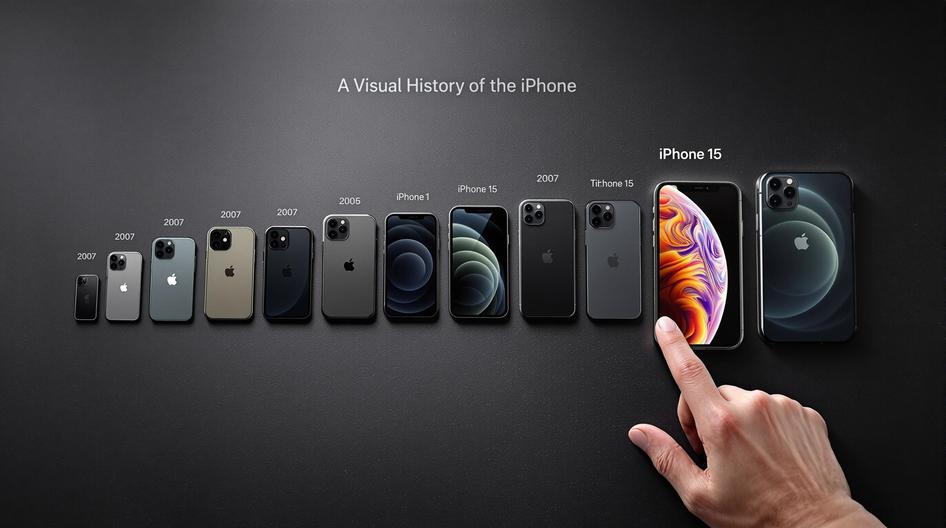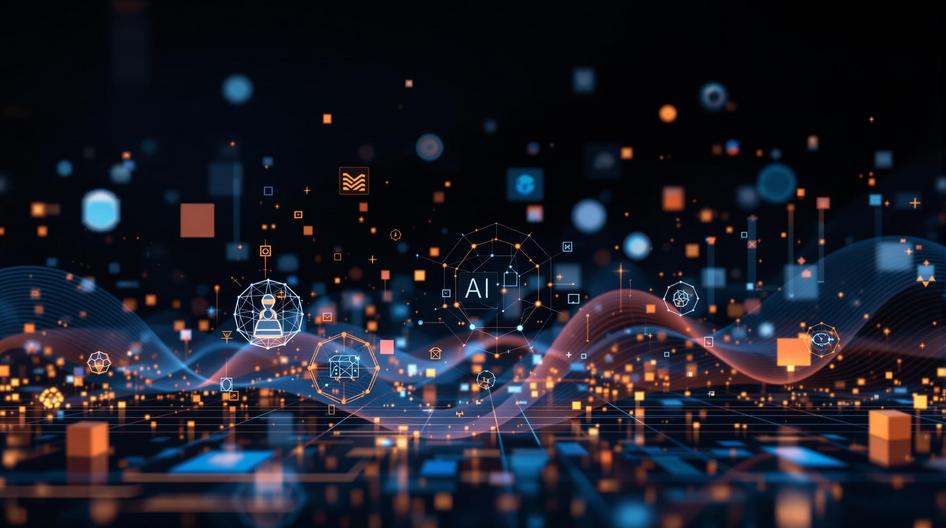
The AI Wave: How Artificial Intelligence is Quietly Remaking Our World
It’s easy to think of artificial intelligence as something from the distant future, but the reality is it’s already here and reshaping our world in tangible ways. From the factory floor to the way we find information online, AI is becoming the engine of change across countless sectors. It’s impacting manufacturing, cybersecurity, search, transportation, and even the laws that govern our society. As companies and governments get to grips with this powerful technology, it’s clear that AI isn’t just a new tool, it’s a fundamental shift that promises to redefine how we operate. Understanding these transformations gives us a clear window into what’s coming next.
Smarter Factories, Faster Supply Chains
In manufacturing, AI has officially moved out of the lab and onto the assembly line, where it’s driving huge gains in efficiency. Think of a modern factory, not as a place of loud, repetitive machinery, but as a smart, connected environment. Here, intelligent robots running on machine learning algorithms can sift through massive amounts of production data to predict when a piece of equipment might fail. This isn’t just about fixing things before they break, it’s about minimizing costly downtime and boosting productivity. This use of technology to create digital twins and predictive models is a game-changer.
But it doesn’t stop at maintenance. What about getting products to shelves? AI is also optimizing complex supply chains. It can analyze real-time market trends, predict demand, and adjust inventory and delivery schedules on the fly to prevent bottlenecks. Ever wonder how a company can offer customized products so quickly? That’s often AI at work, allowing for rapid, data-driven adjustments to meet consumer tastes with incredible speed. In this sense, AI is less of a tool and more of a strategic partner in modern industry.
The Double-Edged Sword of AI in Cybersecurity
When it comes to cybersecurity, AI is playing for both teams. It’s a powerful shield for defense but also a potent weapon for attackers. This creates a fascinating and high-stakes dynamic in the digital world.
On the defensive side, AI systems are the unsung heroes working behind the scenes. They can spot anomalies and threats at a speed no human could ever match. Whether it’s a clever phishing email, a new strain of malware, or a network intrusion, AI can identify and neutralize it in seconds. Because these machine learning algorithms are always learning from new data, they get better over time, making them crucial for defending against zero-day exploits and other novel attacks. As we look at the global cybersecurity outlook, it’s clear that AI is essential.
Here’s the catch, the same technology can be turned against us. Malicious actors are using AI to generate incredibly convincing phishing scams or to automate attacks on a massive scale. This has turned cybersecurity into a constant arms race. For every AI-powered defense, there’s an AI-powered attack trying to outsmart it. This forces organizations to move away from static defenses and toward adaptive security frameworks where AI tools are constantly evolving to keep up.
Search Engines That Think Like You
Remember when you had to type the exact right keywords into a search engine to find what you were looking for? Those days are quickly fading, thanks to AI. Search technology is undergoing a massive transformation. Instead of just matching keywords, modern search engines use AI to understand natural language and, more importantly, your intent. They can figure out what you really mean, even if your query is a bit vague.
This is made possible by sophisticated AI-powered solutions that analyze the semantic relationships between words and concepts. The technology behind this, known as vector search, allows databases to understand context in a way that was previously impossible. It’s why you can ask a complex question and get a direct answer, not just a list of blue links. Search is also becoming multimodal, meaning it can understand and integrate text, images, videos, and audio to give you richer, more comprehensive results. This evolution is turning search from a simple retrieval tool into an interactive assistant that anticipates what you need before you even ask.

Smarter, Safer, and More Efficient Transportation
Nowhere is the partnership between AI and hardware more visible than in transportation. Autonomous vehicles are the most obvious example. They use a suite of sensors to see the world, but it’s the AI “brain” that interprets all that data in real time, making split-second decisions to navigate traffic and improve safety. These aren’t just concepts from a sci-fi movie anymore, they are becoming a real-world revolution. The journey of autonomous vehicles from fiction to reality is one of the great tech stories of our time.
Beyond individual cars, AI is helping to orchestrate entire transportation networks. It’s optimizing traffic flow by managing signals, planning the most efficient routes for delivery trucks, and predicting demand for rideshare services to reduce wait times. These improvements don’t just make our commutes less stressful, they also contribute to lower emissions and more sustainable cities. AI is also being used for the preventive maintenance of buses, trains, and even roads by forecasting wear and tear, preventing costly breakdowns before they happen.
The New Frontier of Policy and Governance
With all this innovation, what’s the catch? It’s the complex web of rules, ethics, and governance that needs to be built around AI. Policymakers are facing the tough job of encouraging innovation while protecting society from potential risks. How do we ensure that algorithms are fair and unbiased? Who is accountable when an AI system makes a critical mistake? How can we protect our privacy in a world full of smart devices? These are the big questions being debated right now. Companies in heavily regulated fields, like law firms, are already using AI to streamline their processes, showing just how deeply this tech is embedding itself in professional services.
Governments are working on regulatory frameworks to address these concerns, focusing on transparency, security, and accountability. It’s a delicate balancing act. They also see the potential of using AI to improve public services in areas like healthcare and education. As the world becomes more connected, international cooperation will be key to harmonizing AI standards and ensuring that this technology is developed responsibly. This really is a new frontier for society and policy. The ability for developers to build powerful, secure AI applications on a variety of infrastructures, from local machines to self-managed data centers, is accelerating this need for clear governance.
What Does the Future Hold?
Looking ahead, it’s clear the future isn’t about humans versus machines. It’s about humans and machines working together. We’ll see even more integration of AI across industries, blurring the lines between them and creating entirely new business models. One of the most important emerging trends is explainable AI, which aims to make the decision-making process of AI systems transparent. This is crucial for building trust and encouraging wider adoption, especially in high-stakes fields.
Ultimately, the potential of AI extends far beyond making businesses more efficient. It has the power to help us tackle some of the world’s biggest challenges, from modeling climate change to developing personalized medicine. Navigating this future successfully will require a collaborative effort from everyone, ensuring that artificial intelligence develops as a force for inclusive and positive change. Developers building the next generation of LLM-powered applications have a massive role to play in this evolving landscape.
The AI landscape is complex and constantly changing. From smarter factories and evolved cybersecurity to conversational search engines and interconnected transport systems, AI is already here. These developments paint a picture of a future augmented by technology, offering exciting opportunities while reminding us of the importance of building it responsibly.
Sources:
- “How AI is Revolutionizing Manufacturing,” Tech Industry Journal, March 2024.
- “The Dual Role of AI in Cybersecurity,” Cyber Defense Review, April 2024.
- “Transforming Search: AI’s Impact on Information Retrieval,” Search Innovators Quarterly, February 2024.
- “Smart Transportation and AI: Building the Future of Mobility,” Transportation Today, January 2024.
- “Governance in the Age of AI: Policy Challenges and Opportunities,” Public Policy Review, May 2024.


